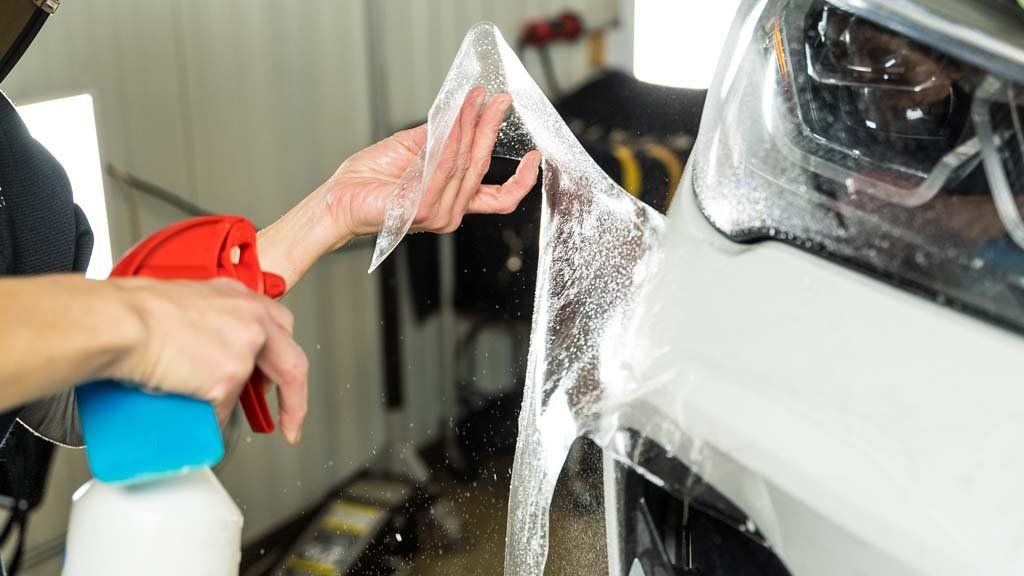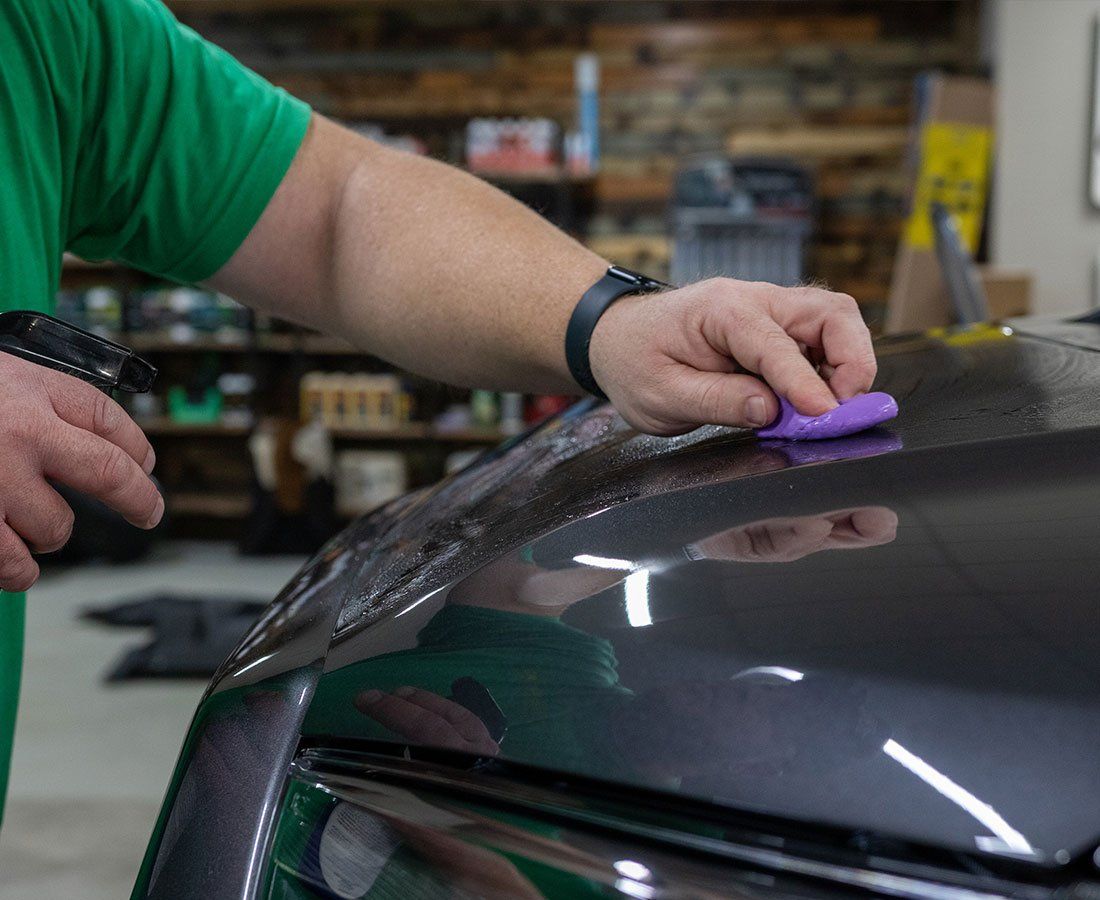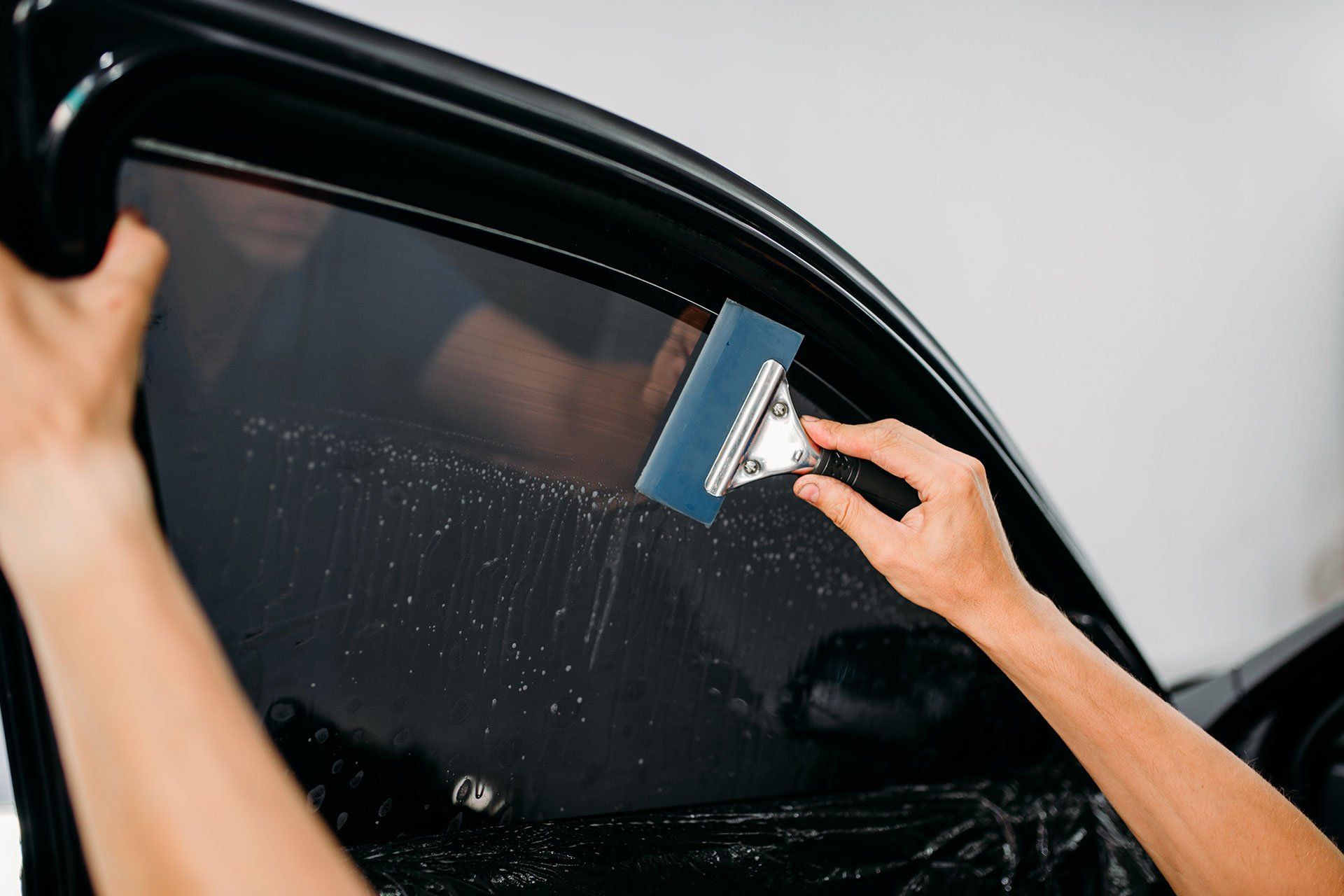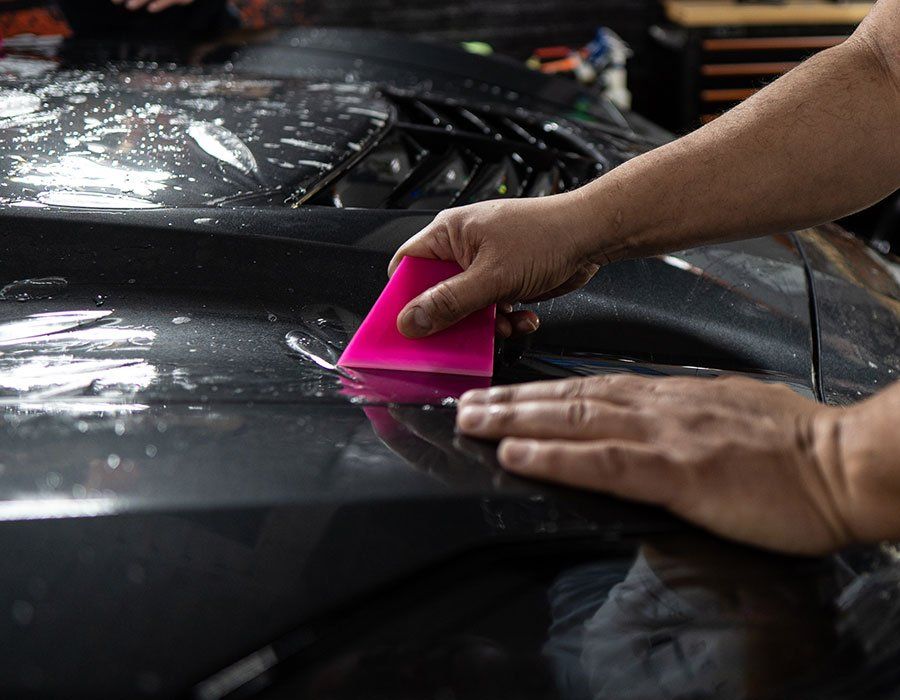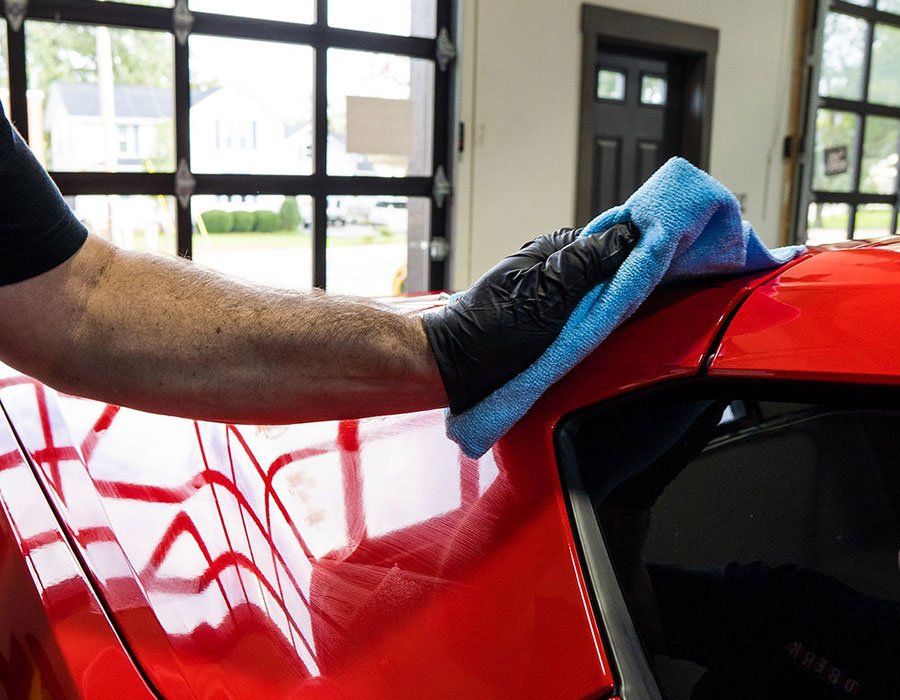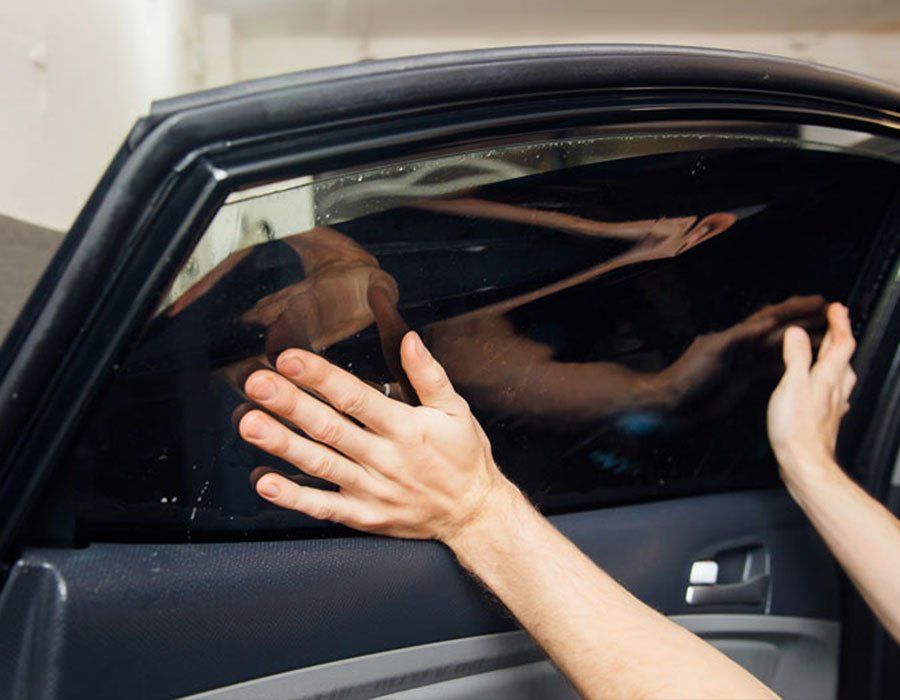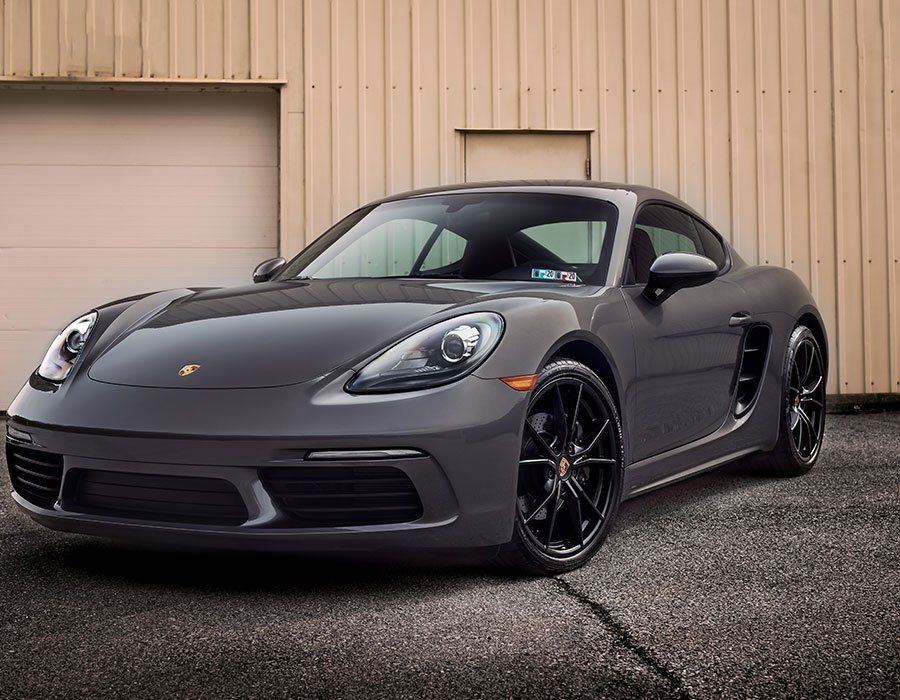Exploring the Characteristics of Hydrophobic and UV-Resistant Ceramic Coatings
CALL (727) 940-2340
SCHEDULE NOWAt the cutting edge of material science lie hydrophobic and UV-resistant ceramic coatings—invisible shields that now redefine surface protection technology. Imagine a world where your walls repel water, resist harmful UV rays, and look brand new for ages—a promise contained in these wonder coatings. As we dive into this blog post, we'll decode the unique characteristics that make these ceramic coatings more than just products of modern science fiction.
Ceramic coatings are known for their excellent hydrophobic properties, which repel water, dirt, and other contaminants. Additionally, they provide superb protection against harmful UV rays, minimizing potential fading or damage to the underlying surface. These properties make ceramic coatings a durable solution for enhancing the longevity and appearance of various surfaces, including vehicles, buildings, and more.
Defining Ceramic Coatings
Ceramic coatings have gained significant popularity in the automotive industry as a means of protecting and enhancing the appearance of vehicles. These coatings are composed of advanced materials that create a bond with the surface they are applied to, typically a vehicle's paint. Unlike traditional wax or sealants, ceramic coatings are designed to provide long-lasting protection, extending the life of the vehicle's finish. Ceramic coatings act as an extra layer of armor for cars, shielding them from various environmental threats such as UV rays, dirt, stains, and chemicals. This coating acts as a barrier between the car's paint and these external elements, preserving its appearance and reducing the need for frequent polishing or waxing.
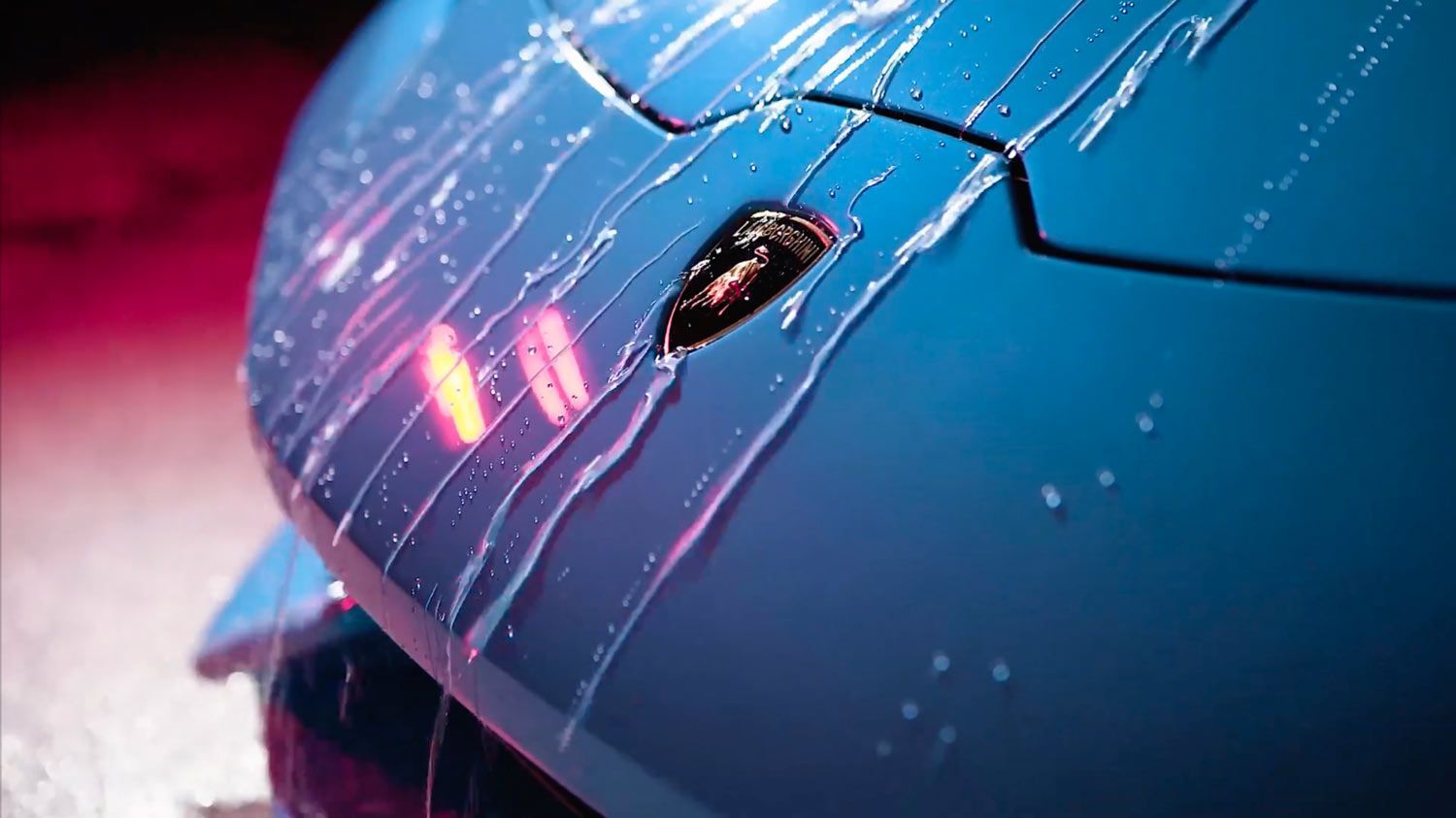
Key Characteristics of Ceramic Coatings
One of the most notable features of ceramic coatings is their hydrophobic nature. This means that when water comes into contact with a surface treated with a ceramic coating, it forms droplets and rolls off effortlessly rather than adhering to the surface. The hydrophobic property helps prevent water spots and makes it easier to clean and maintain the vehicle's appearance. Additionally, ceramic coatings offer enhanced resistance to UV rays. The sun's harmful ultraviolet radiation can cause fading and damage to a vehicle's paint over time. However, ceramic coatings act as a shield against UV radiation, helping to preserve the color and integrity of the paintwork for longer periods of time.
Ceramic coatings also provide superior protection against environmental contaminants, such as dirt, dust, tree sap, bird droppings, and other pollutants that can etch or stain the paint. These contaminants are less likely to stick to a hydrophobic ceramic-coated surface, making it easier to wash them away and preventing potential damage. Ceramic coatings also have excellent durability, allowing them to withstand the rigors of daily use and exposure to harsh conditions. Unlike traditional waxes or sealants that may wear off quickly, ceramic coatings typically last for several years with proper maintenance, providing long-lasting protection against various hazards.
Properties of Hydrophobic Ceramic Coatings
Hydrophobic ceramic coatings offer a range of outstanding properties that make them highly desirable for automotive and industrial applications. One of the key characteristics of hydrophobic coatings is their ability to repel water, leading to the self-cleaning effect commonly associated with these coatings. When applied to surfaces, hydrophobic coatings create a protective layer that prevents water from effectively adhering to the surface, causing it to bead up and roll off easily. This not only helps in maintaining the cleanliness and appearance of the coated surface but also reduces the effort required for regular cleaning and maintenance.
In addition to their water-repellent nature, hydrophobic ceramic coatings also possess excellent resistance to UV radiation. UV resistance is crucial in protecting surfaces from the harmful effects of prolonged exposure to the sun's ultraviolet rays. With a high-quality hydrophobic coating applied, surfaces are shielded from fading, discoloration, and degradation caused by UV radiation. This property ensures that the coated surface retains its aesthetic appeal over an extended period while minimizing the need for frequent refinishing or touch-ups.
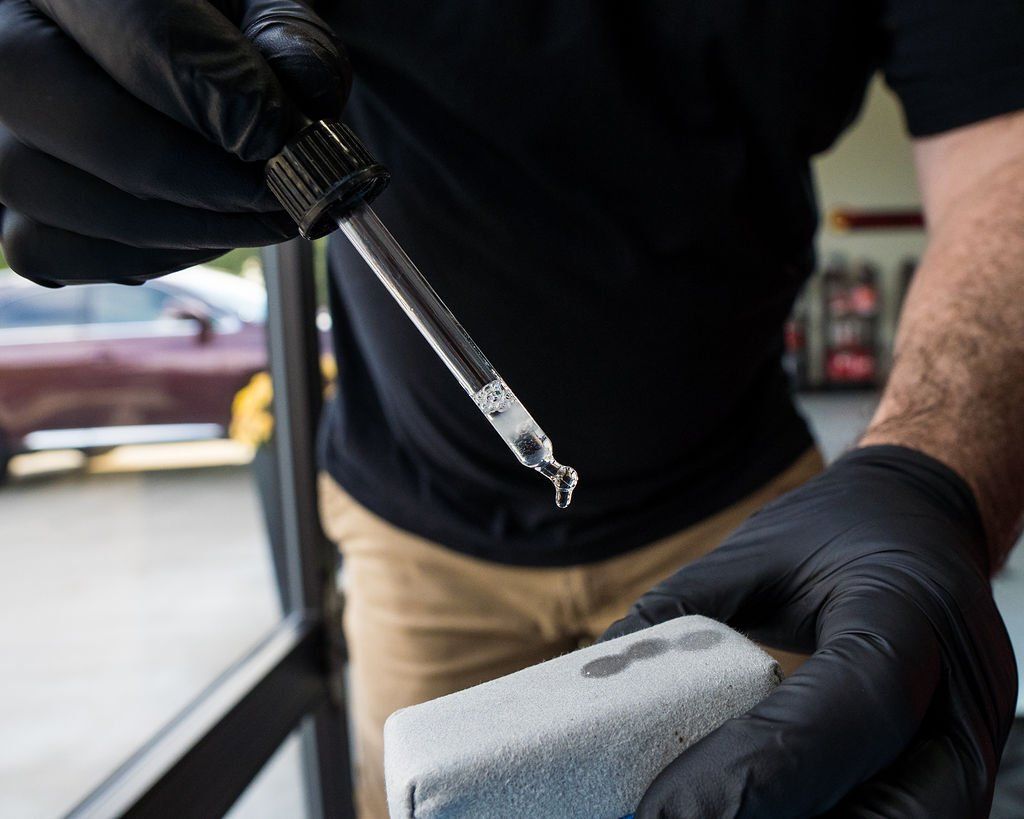
The Science Behind Ceramic Coatings
Ceramic coatings have gained immense popularity in automotive and other industries due to their unique properties. At the core of these coatings lies the science of nano-ceramics, which involves the creation of a thin layer of protective material infused with microscopic particles. These particles form a lattice-like structure, creating a barrier that shields the substrate from external factors.
The composition of ceramic coatings can vary, but most consist of silicon dioxide (SiO2) or titanium dioxide (TiO2) nanoparticles suspended in a liquid base. These nanoparticles are known for their hydrophobic nature, meaning they repel water molecules. This hydrophobicity is responsible for the self-cleaning effect often associated with ceramic coatings, as water droplets easily roll off, carrying dirt and contaminants with them. Additionally, ceramic coatings possess excellent UV resistance capabilities. The nanoparticles, acting as a physical barrier, reflect and absorb harmful ultraviolet rays from the sun. This helps prevent damage to the underlying material and reduces the chances of color fading or oxidation.
Visual Appeal of Ceramic Coatings
The visual appeal of ceramic coatings is undeniably one of the main reasons why car enthusiasts and detailing professionals alike are drawn to this cutting-edge technology. Upon application, ceramic coatings elevate the overall aesthetics of a vehicle, leaving it with a deep, glossy finish that is sure to turn heads on the road. The high level of shine and enhanced gloss provided by ceramic coatings is often unparalleled by traditional wax or paint sealants.
Not only do ceramic coatings enhance visual appeal, but they also provide long-lasting protection against fading and damage caused by UV rays. The sun's powerful rays can cause paint to fade and dull over time, resulting in a lackluster appearance. However, with the UV-resistant properties of ceramic coatings, your car's paint job remains vibrant and protected from the harmful effects of sunlight.
Trusted Ceramic Coating Experts in Tampa, FL
Elevate your car's allure with Auto Film Guys, your trusted ceramic coating experts in Tampa, FL. Our passion for perfection and commitment to quality shine through in every application, ensuring your vehicle receives unparalleled protection and a lasting, radiant finish. With years of expertise, cutting-edge technology, and a dedicated team, we take pride in being the go-to choice for discerning car owners in Tampa seeking excellence. Unleash the full potential of your vehicle—trust Auto Film Guys for a flawless ceramic coating that not only enhances aesthetics but also guards against the elements. Drive with confidence; drive with the best. Choose Auto Film Guys for the ultimate in ceramic coating excellence!
The Auto Film Guys Blog
